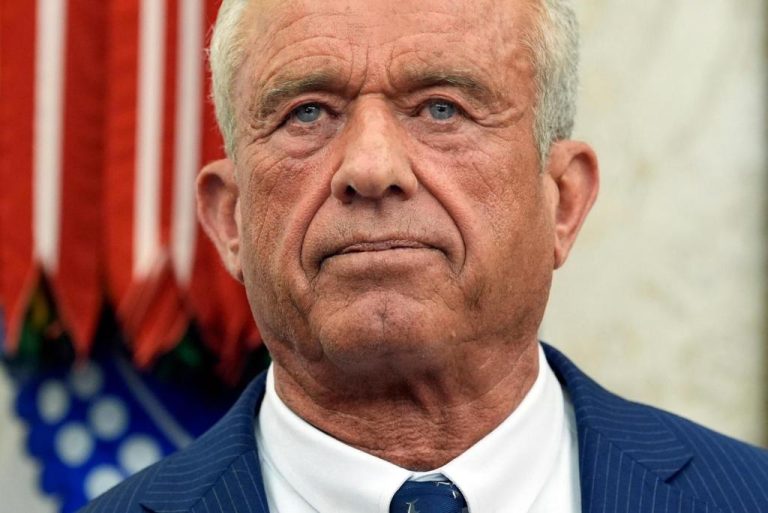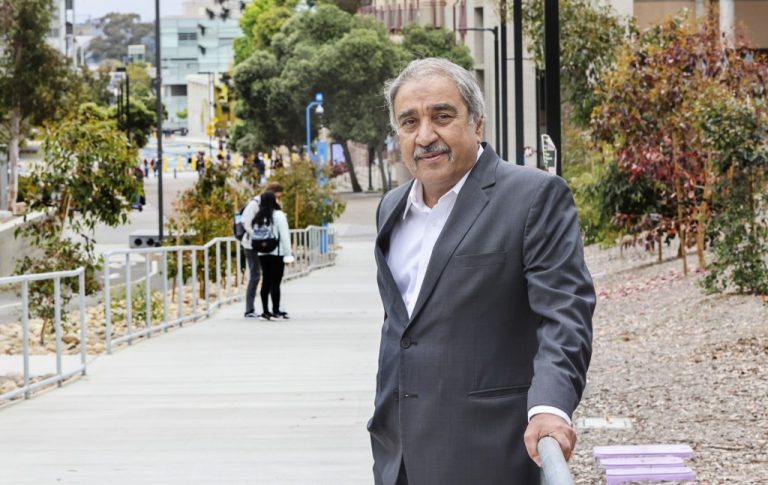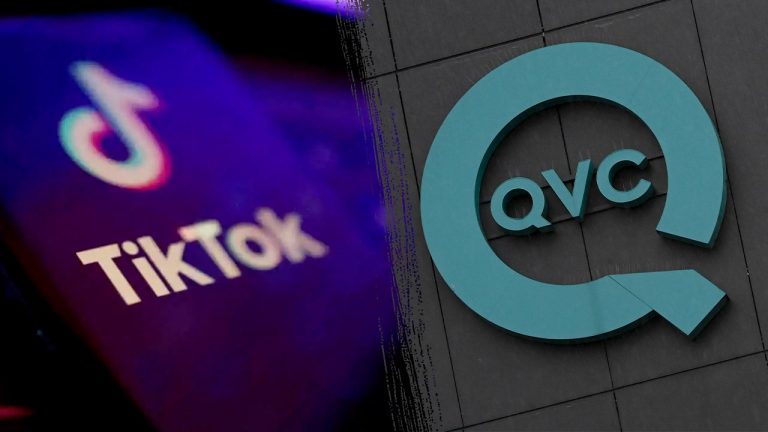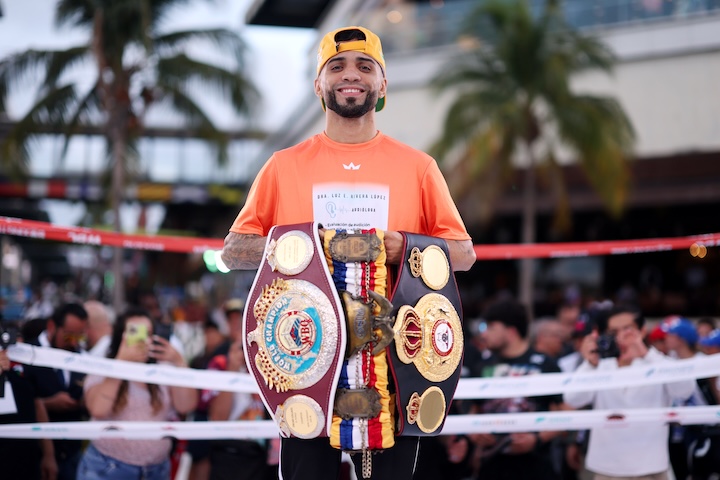Halpern was an assistant U.S. attorney for 36 years in the U.S. Attorney’s Office in San Diego. He is a resident of Mission Hills.
In October 2020, I learned through a routine blood test that I most likely had some type of cancer of the blood or bone marrow. At that time, I was cycling 200 miles per week and in generally excellent health. Moreover, I was experiencing no real symptoms that would have alerted me to the life-changing medical issues that lay ominously on the horizon.
Like most people first confronted with a cancer diagnosis, I was clueless. Exactly what type of blood cancer did I have? How should it be treated? Was it fatal? How long was I likely to live? As is often the case with rare forms of cancer, the answers to these questions are not simple or straightforward.
On Nov. 10, 2020, I began searching for answers right here in San Diego at UCSD’s KOP Sanford Stem Cell Clinic. During my initial visit, I was seen by Dr. Michael Choi, a hematologist and medical oncologist who specializes in the treatment of patients with blood cancers and other blood disorders. I found him to be intelligent, compassionate and generous with his time.
Dr. Choi believed my “most likely” diagnosis was “high risk” essential thrombocythemia, or ET — a type of blood cancer characterized by excess platelets in the blood. High numbers of platelets are problematic as they may lead to blood clots, or thromboses, that form in various blood vessels. In response, Dr. Choi prescribed a regimen of chemotherapy.
Dr. Choi also ordered a bone marrow biopsy. Although not exactly pleasant (especially when listening to the sound of the needle twisting in your bone during extraction), the procedure is no more painful than a root canal and far less painful than cycling up Mount Palomar.
The biopsy revealed that my bone marrow was slightly fibrous. Healthy bone marrow consists of a spongy, soft tissue resembling jam. Fibrotic bone marrow consists of scarred tissue that is thick and fibrous. Such tissue is consistent with myelofibrosis — a type of blood cancer where blood cells are prevented from developing properly due to the buildup of fibrotic tissue in the marrow.
So, did I have ET, early-stage myelofibrosis, or something else? While the diagnosis and treatment of rare forms of cancer are cutting-edge medical science, they frustratingly also have a fair dollop of “art” thrown into the mix.
Due to the uncertainty, I embarked on a nationwide odyssey, going first to the Vanderbilt-Ingram Cancer Center in Memphis and the MD Anderson Cancer Center in Houston. Rather than crystallizing my diagnosis, however, these visits only added to my uncertainty as they focused on different cancer diagnoses, e.g., polycythemia vera (a blood cancer variant typically characterized by too many red blood cells and platelets) and vastly different chemotherapy treatment protocols.
In March 2021, I consulted with Dr. Ayalew Tefferi at the Mayo Clinic in Rochester, Minnesota. Rather than dwell on the exact nomenclature of my specific type of cancer, Dr. Tefferi concluded that it was preferable to focus on my disease’s genetic signature and any relevant symptoms.
As my blood values were fairly good and I was almost completely asymptomatic, he recommended that I cease use of all chemotherapy and simply take a single 81-milligram aspirin tablet twice a day (to address any potential blood clotting). Dr. Choi at UCSD concurred with this advice.
Among other things, this simple approach ameliorated the potential downsides of chemotherapy, such as genetic changes that could transform my condition into an extremely deadly form of leukemia. If my condition continued to progress at the same rate (and given my general good health), Dr. Tefferi thought I was far more likely to die in a bike accident than from blood cancer.
As luck would have it, my condition did not continue to progress at the same rate. By December 2022, the number of pathogenic (disease causing) mutations began to pile up and I began to experience severe lethargy. As a result, my physicians thought my best chances for survival now rested with obtaining an allogeneic stem cell transplant — a procedure in which cancer patients receive blood-forming stem cells from healthy, young donors to replace their own stem cells that have first been destroyed by treatment with radiation and/or high doses of chemotherapy. To me, it seemed almost like magic.
The short story: Six months after my transplant, I’m doing exceptionally well. My blood values are improving and I’m back on my bike. Nevertheless, the jury’s still out as to my eventual “recovery” (most doctors don’t even like to use the word “cure” when dealing with most blood cancers). Nevertheless, I remain consistently positive and am eternally grateful for every day that I’ve been gifted.
For those who may be interested, I am documenting every step of this journey in a personal blog at caringbridge.org.





